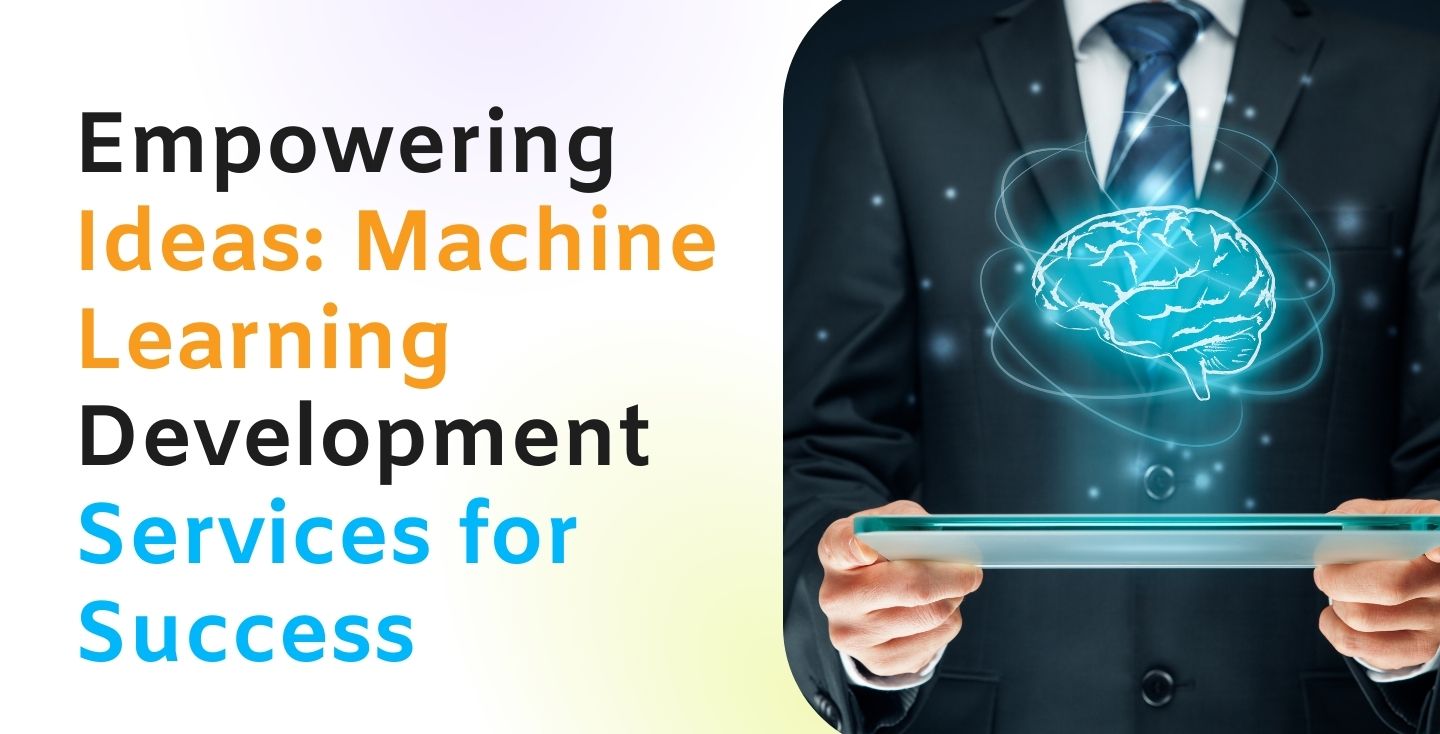In recent years, deep learning has been a hot topic in the artificial intelligence field. Deep learning has shown impressive results in various sectors, including speech and image recognition, natural-language processing, and playing games. AlphaGo, AlphaFold, Dall-e, Generative Pretraining Transformer (GPT) and its variants, OpenAI, Open Pretrained Transformators by Meta, and others have reached state-of-the-art performance in image and natural language processing. These algorithms, which are constantly improving, can help shape the modern world.
This blog post will examine what is deep learning exactly. The inner workings and three significant aspects of this powerful AI technology.
What Is Deep Learning?
Deep Learning is the newest buzzword in AI and can be described as a subset of Machine Learning. Deep learning is based on a particular type of Artificial Neural Network Architectures, i.e., FCN, CNNs, RNNs, and Attention, which are used to interpret the data. These neural networks are designed to teach machines how to perform complex tasks without programming. Deep learning is a higher level of automation than traditional machine learning models that try to teach machines complex human behaviours such as language and vision.
Things You Should Know About Deep Learning
Deep learning is a powerful tool for learning so thereare three crucial things to learn about it:
1. Neural Networks
Artificial neural networks are computer models that mimic the structure and functions of the brain. These networks comprise layers of “neurons,” or interconnected nodes. Deep learning neural networks, for example, are “deep” because they have many hidden layers.
2. Representation of Features
Deep learning can learn relevant features automatically from raw data. Deep learning models can learn representations from data directly, unlike traditional machine learning,
where it is necessary to engineer features to extract valuable data. This can result in better performance for various tasks.
3. Applications
Deep learning has a profound effect on many applications. These include image and speech recognition systems, natural language processing for autonomous vehicles, medical diagnostics, recommendation systems, and more. Deep learning has revolutionized AI by providing state-of-the-art results across various tasks and domains.
How does Deep Learning Work?
Deep Learning, along with statistics and predictive models, is a crucial element in data science. Data scientists tasked with analyzing and interpreting data to solve complex issues will find it extremely useful. Deep Learning can make the processes for large projects or companies faster. It can provide automatic analysis to detect relationships and project results.
Deep Learning’s secret lies in the neural network algorithms that are based on the structure and function of the brain. As a biological neuron transmits electrical signals, an artificial neuron transforms the information it receives to send to another neuron.
These networks can identify and learn information. The networks can receive external stimuli through a layer known as the input layer, where each neuron performs an internal calculation to produce a value that is sent to the output layer.
The value of each input stimulus is changed to determine whether it has a positive or negative effect on the outcome. These values are combined to determine the model’s parameters to produce an output value based on the training and objective. The neural networks can process data in a way that allows computers to learn, observe, and respond more quickly than humans.
Deep Learning vs. Machine Learning Vs AI
Take a top-down view to understand artificial intelligence, machine, and deep learning.
Artificial Intelligence
Artificial intelligence is a concept that attempts to mimic human intelligence. This includes a variety of technologies, ranging from Good Old-Fashioned AI to the latest Deep Learning.
Machine Learning (ML)
As the name suggests, it is a technology that helps machines learn independently. In traditional ML models, we don’t give handwritten rules but instead pass large amounts of data to the model, which tries to learn its own rules. Artificial intelligence is part of machine learning algorithms.
Deep Learning (DL)
It is a subset of Machine Learning, a technique that takes automation to a new level. In ML, we must provide the data and a set of manually selected features to the model for it to learn. The DL, however, selects the features itself, reducing the need for human intervention. CNN, for example, uses convolutional filters and layers to determine the shapes and edges in an image. We don’t have to specify the apple’s structure to recognize it as such.
Benefits of Deep Learning
Here are some of the most significant benefits we get from deep learning.
1. Hidden Insights from Data
Deep learning models trained on large data sets can uncover hidden patterns and relationships in data that humans may be unable to see. These models can collect insights for marketing, research, and business purposes. These models can work with various information sources, including images, videos, texts, etc.
2. Unparalleled Efficiency
With sufficient computing power, DL algorithms can perform hundreds, if not thousands, of tasks in minutes. The algorithms can be retrained and trained repeatedly, increasing their performance efficiency with each training. Their speed in completing tasks that involve big data is incomparable to humans.
3. Reduced Human Factor
Deep learning reduces the need for humans to perform feature extraction, as its algorithms do. The process is much faster, and the chance of human error is reduced. On many occasions, DL-powered software has even outperformed human performance. One of the most notable examples was when a computer defeated world-class poker players.
Conclusion
Deep learning is still a mystery to data scientists. The potential of this promising subfield in machine learning to solve problems faster and with impressive accuracy has surprised many. Deep learning is becoming more critical in the age of big data. This encourages many industries to adopt this technology.




